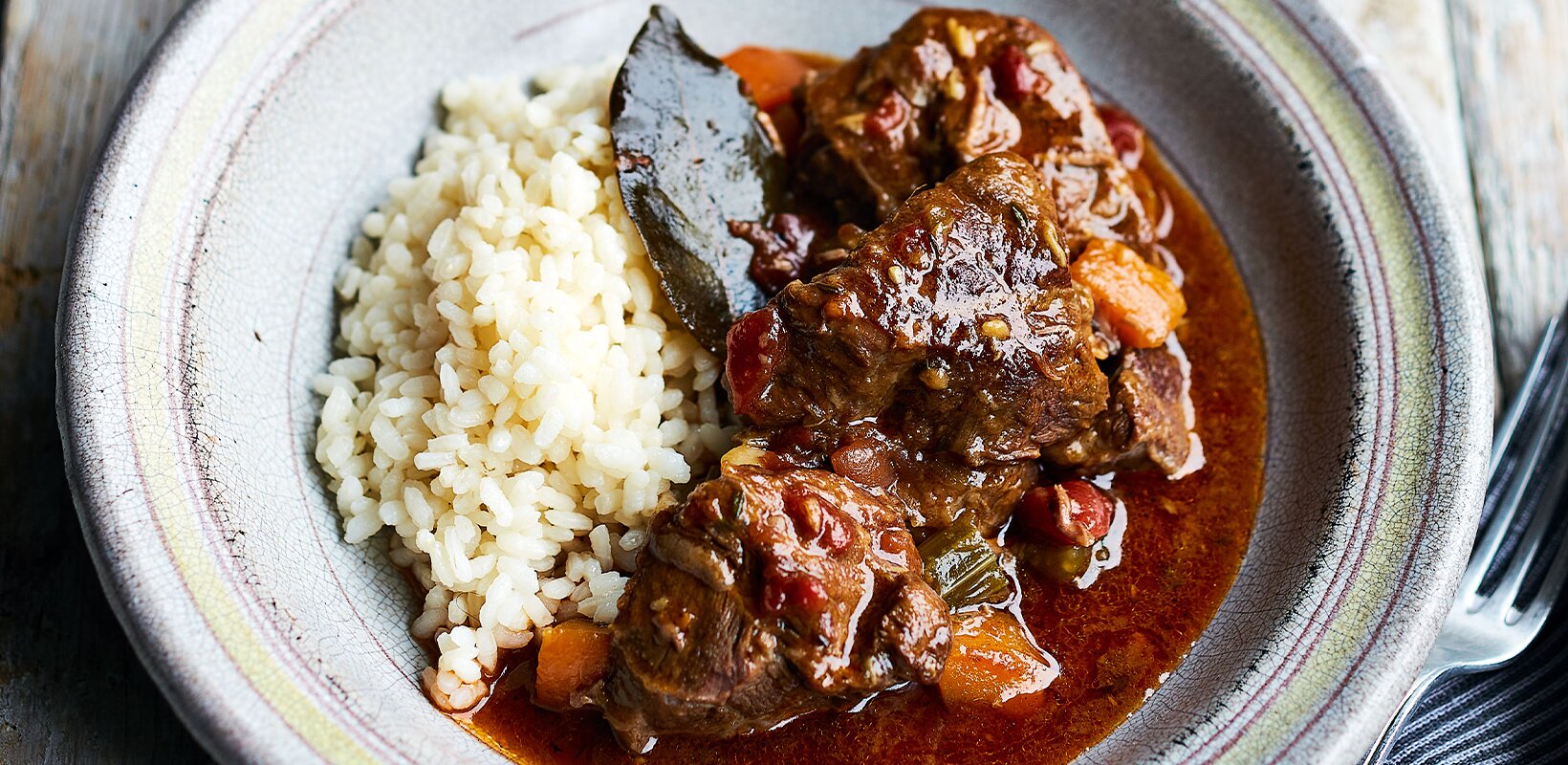Cultivated meat could be on menus by 2025, says Emma Lewis of Ivy Farm Technologies
The chief commercial and product officer at Ivy Farm Technologies talks to Clare Nicholls about how quickly cultivated meat is likely to reach chefs in the foodservice sector
How is cultivated meat created?
We take a small biopsy from a pig or a cow, like taking a plant cutting. Rather than putting it into soil, we put it into a vat with some proteins, vitamins and minerals to feed those cells, and then we harvest meat at the end of that.
Why do we need cultivated meat?
People love eating meat! One solution to reduce climate impact is for all of us to give up meat, but that isn’t happening fast enough, so we feel cultivated meat is a new solution to help people have a sustainable option for enjoying the meat they love.
How does it compare to livestock meat in terms of sustainability?
There was a peer-reviewed study last year in the International Journal of Life Cycle Assessment that took data from cultivated meat companies and compared it to farming practices. It found that, for beef in particular, cultivated meat creates 92% fewer emissions, 90% less land use and 66% less water use, and it’s almost six times more efficient at converting organic matter into meat. So there are some quite good sustainability advantages.
And what about flavour comparison?
We’ve not seen a lack of flavour – we’ve grown pork and beef and they are both very characteristic of their meat counterparts. We are a very new industry, so we’ve really played on how we can affect flavour by using different things in our media, or the material we use to grow our cells. For example, if we put more unsaturated fatty acids in there, we have more Omega-3 in the finished product. So we know we can tailor nutrition – whether we can tailor taste I think is yet to be seen.
Cultivated meat is not currently regulated in the UK – how is that process progressing?
We are quite advanced now with authorisation in the UK, so we hope that within 12 months or so we could get approval. Since Brexit, the Food Standards Agency [FSA] has been working hard at novel foods reform and it has been consulting the industry. [Novel foods are new foods that don’t have a history of consumption before 15 May 1997, such as phytosterols in cholesterol-reducing spreads].
We’ve had some constructive conversations with the FSA and more recently we know it is going to apply for a Regulatory Sandbox [where firms test new products with real consumers under regulatory supervision] to look at a faster novel foods process, in particular for cultivated meat.
There’s some real pragmatism coming through from the FSA. If you’d have asked me the approval question six months ago, I wouldn’t have thought it would be within 12 months – I would have gone for more like two years. But I really feel there’s a bit of a fair wind with the FSA where it is now open to working faster with companies like ours.
How long does cultivated meat take to produce?
One of the huge benefits is we can produce our meat in two to three weeks, which is a fraction of the time of farming, which could be two to three years. From a supply chain and food security point of view, that’s really interesting, because you can switch up that demand very quickly, which I think is really promising.
The cost is also coming down a lot – the first cultivated meat burger in 2013 was over £200,000, but by the time we commercialise production it will be £1-£2.
What does the meat look like when grown?
It’s softer than livestock meat – it’s almost like a paste. Our primary focus is minced meat products. We haven’t measured shelf life yet, but we’ve done the microbiology of the material and it is as clean as a whistle – it’s a very sterile product. Shelf life is one of the next tests we’ll do; at the moment we freeze everything as soon as it’s grown.
How will the hospitality industry be able to use cultivated meat?
When we launch, we expect it to be within foodservice. I think that’s a nice way to launch as there are chefs who can cook it really well. We’ve got no formal agreements yet, but it’s likely to happen in 2025.





















